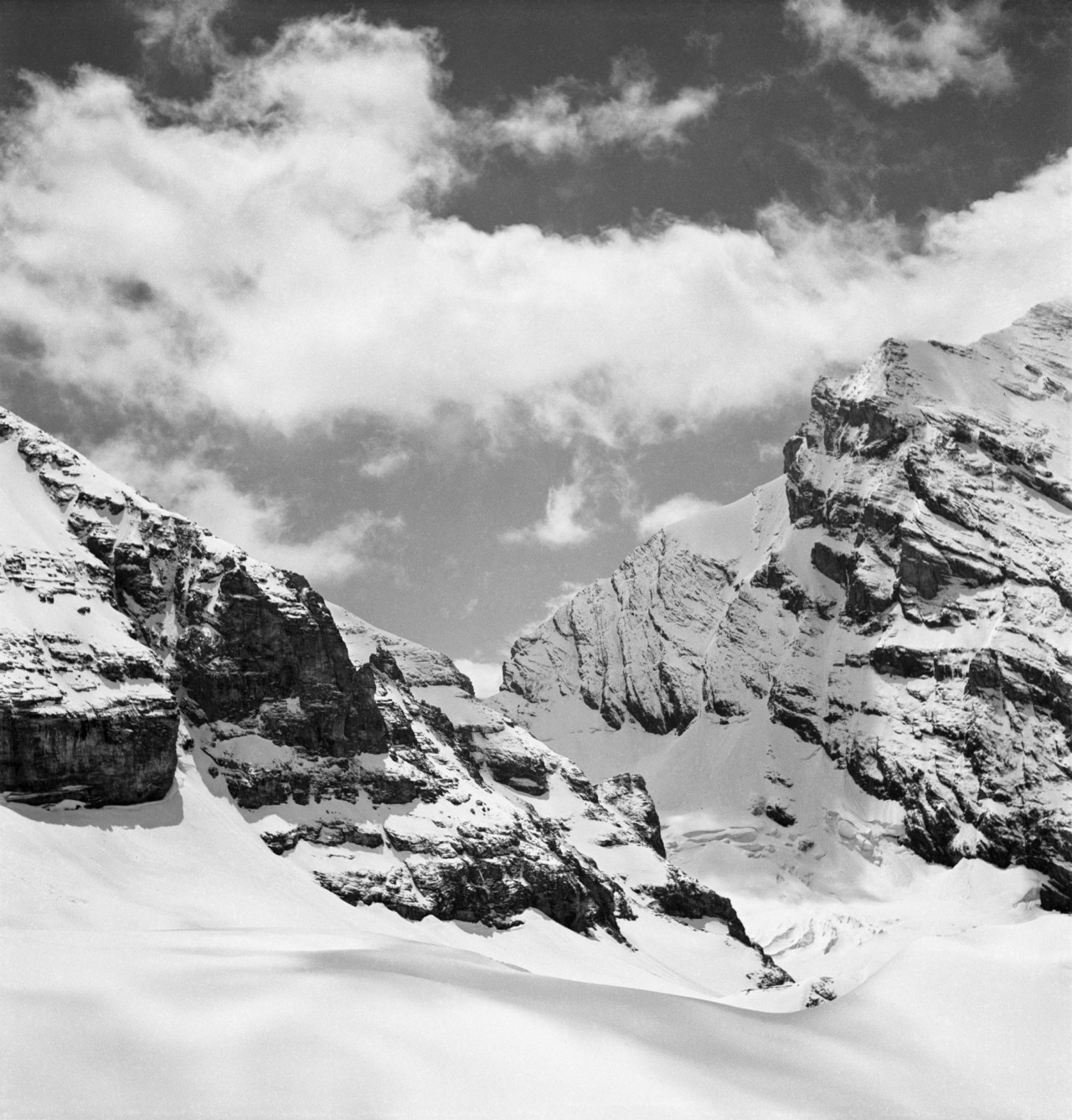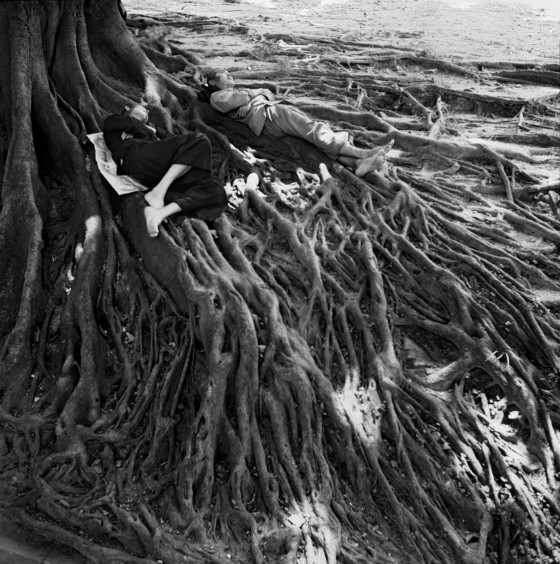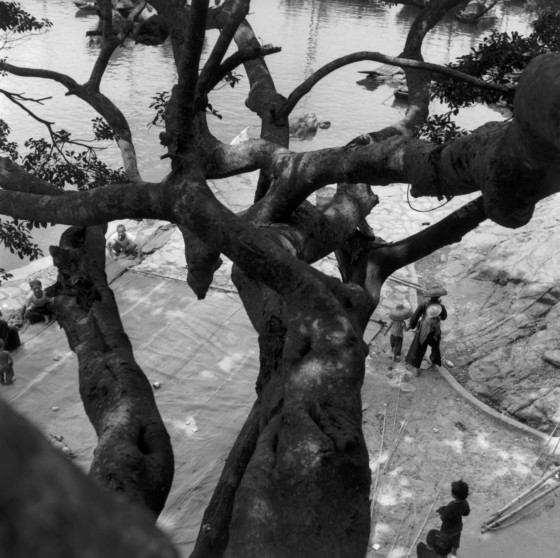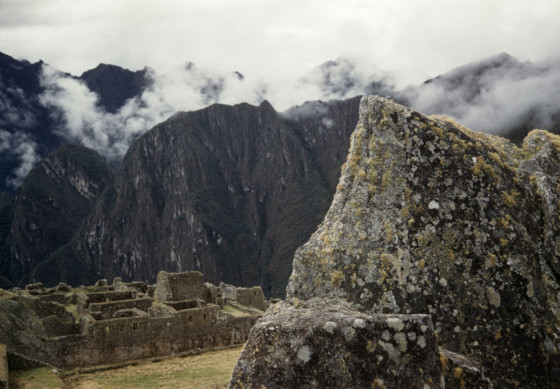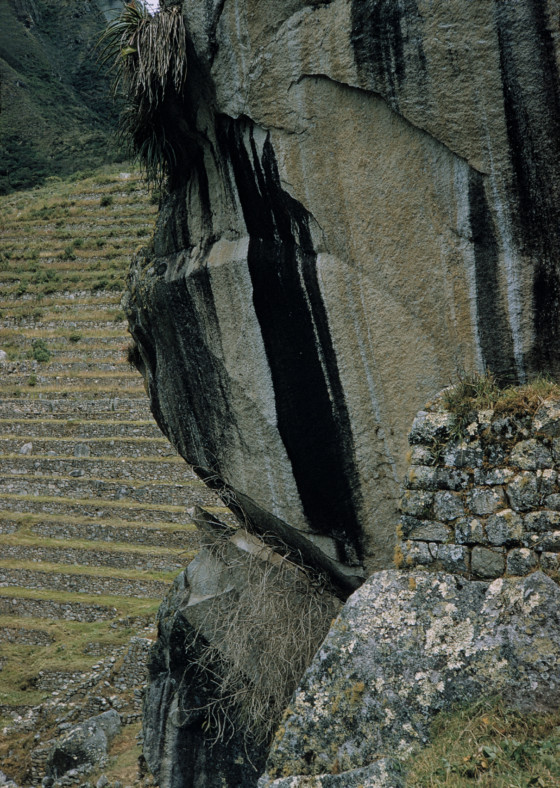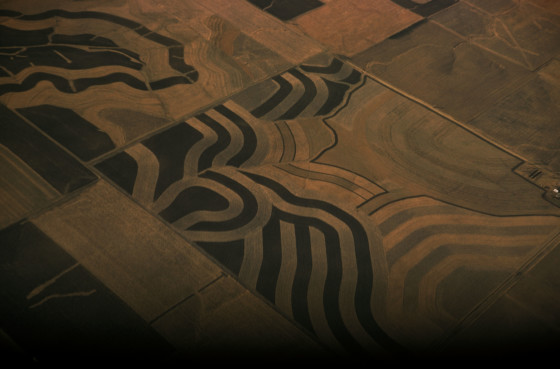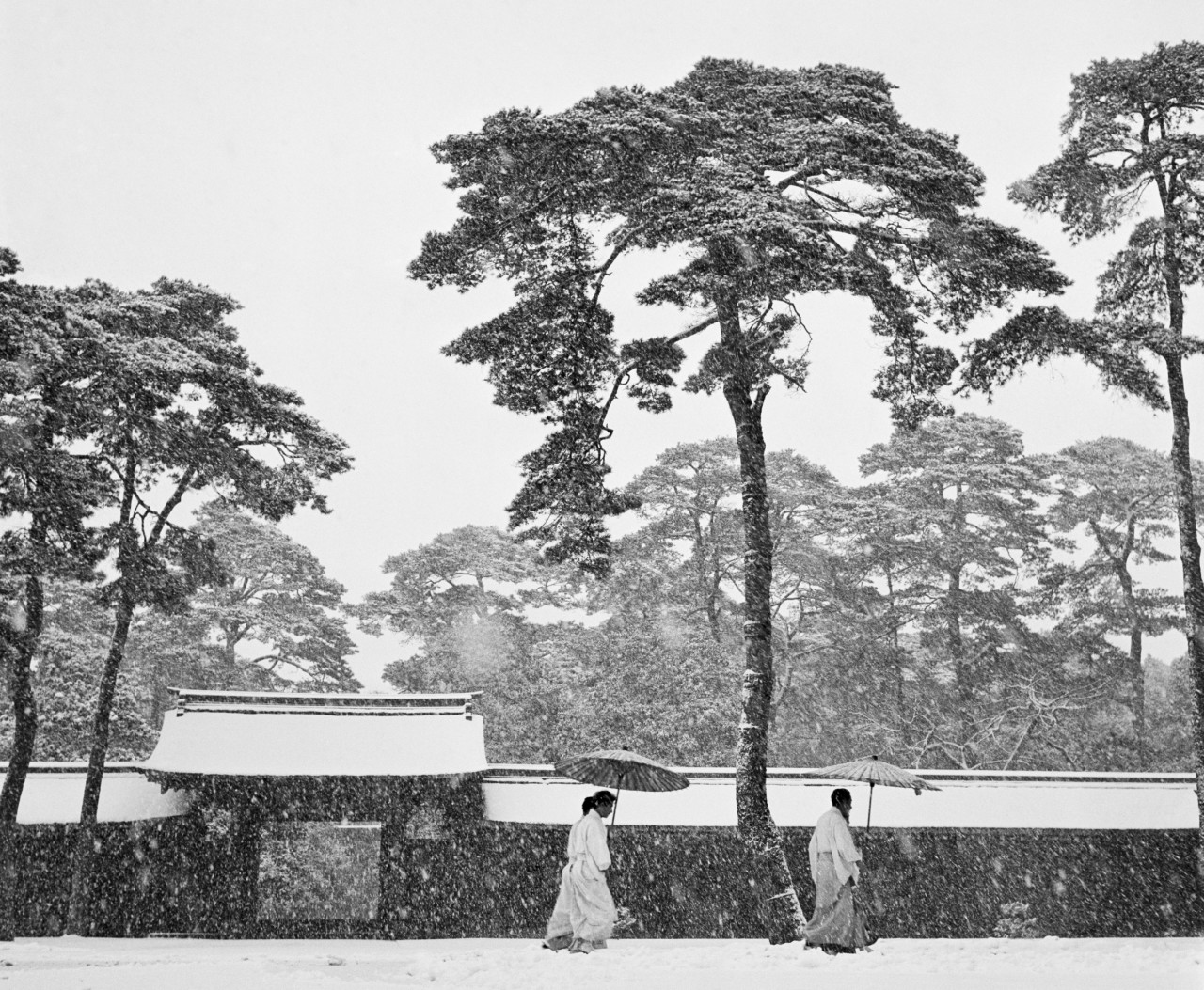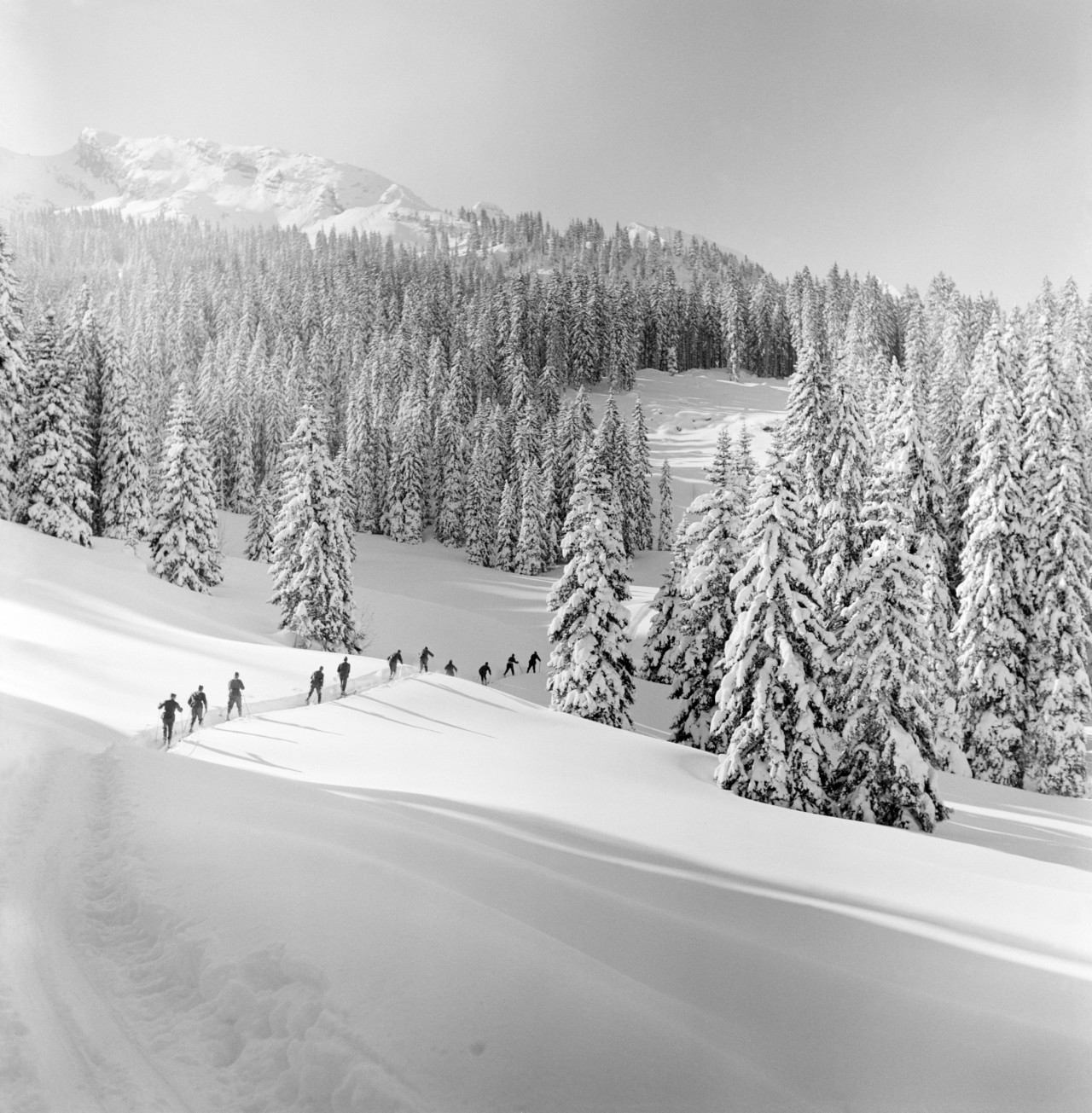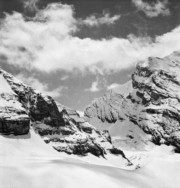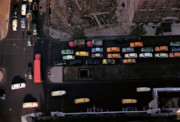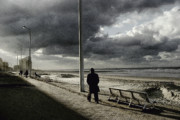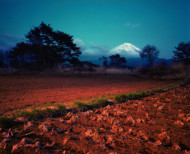Werner Bischof: In His Nature
The Swiss photographer’s poetic shots of the natural world matched with his own lyrical observations
Like a typical Magnum photographer, Werner Bischof’s drive to discover new sights to behold and new stories to tell led him through dangerous war-zones, frenetic capital cities and tranquil terrain alike, but for the Swiss photographer, it was out in nature that he felt most at ease. Throughout his short career, and wherever he travelled in the world, Bischof found beauty in fauna and foliage; some of his most popular and collected works are of trees, plants, and landscapes.
"Rambling for days on end in the woods put people utterly out of my mind. The animals, the plants, the wonder of growth, that was my world"
- Werner Bischof
His sensitive and romantic depiction of nature was not limited to his photographic studies; his writing also mused on the exquisite artistry of the natural world: “…the roots of the Banya trees have entwined themselves around the temple’s statues, tearing them apart and making everything appear even more beautiful – Dali, Morgenstern, Sartre and Cocteau are all present in this imagery,” he wrote of a temple in Cambodia in 1952. “The plain is a mosaic of fields, of delicately colored squares – a real Klee painting,” he penned in his diary on July 8, 1952, while in Lai Chau, Vietnam. Here, we present three occasions when Werner Bischof’s lyrical descriptions of the beauty of nature matched his photographs of it.
“How serene and great nature is, quite removed from this world – the moon casts its pale face on the glacier below us – a mighty flow of ice with holes and crevasses; blackish-blue abysses signifying nothingness. So soft – so gentle, ennobling all, like a gentle hand the moonlight glides across the icy cold sheets, the shadows are not voids, they are full of life.”
(Ascent of the Oschen from the Strahlegghütte. Werner Bischof’s diary, August 19th, 1940)
“Round every bend a surprise. The Wild valley grew deeper, the water more rapid and the rocks more massive. The colour changed from the tranquil grey-green to a wild, whipped-up white. Water that was heading for the Amazon, a marvelous thought. On the rock walls grew wonderful, delicate orchids, cacti, ferns. We stopped at a few huts, and were able for the first time to grasp the height of the rocks that rose up around us. They seemed to be made all the more massive by the mist that cut them short. Everything grey and dripping from saturation; the depths seemed to conceal mysterious life within them.”
(Werner Bischof’s diary, Lima, May 6, 1954)
“The trees are exquisite in Japan. You know the poems that tell of the wind blowing through the trees and the trees and the leaves. In the center of the capital, with its ever-increasing bustle, I have discovered some tree shapes of breathtaking beauty and have drawn them for you. I cannot believe that these people will ever stop venerating nature, that a time will come when they no longer shelter trees and flowers in their houses as symbols of what is noble and pure.”
(Werner Bischof’s letter to wife Rosellina, 1951)


